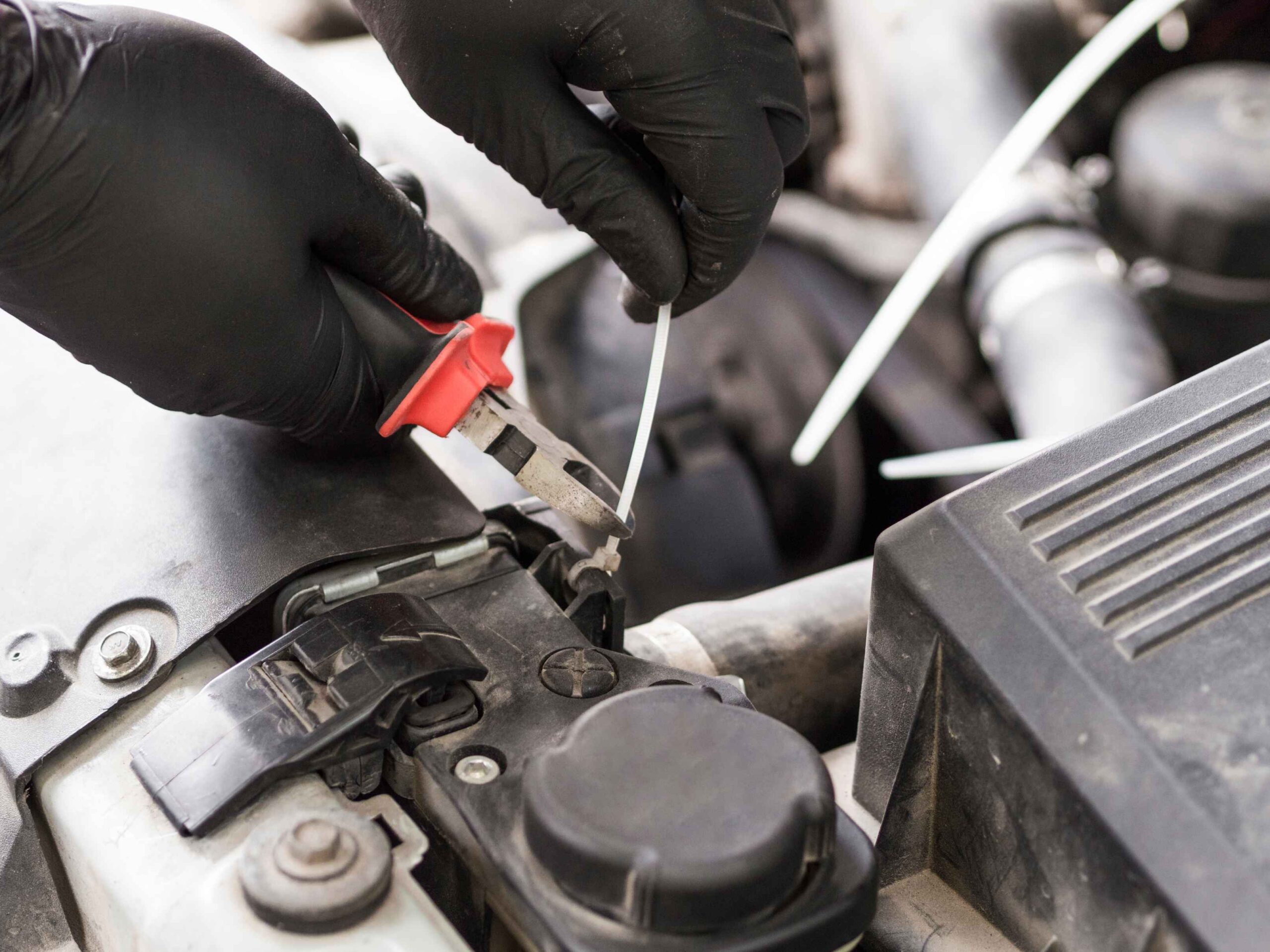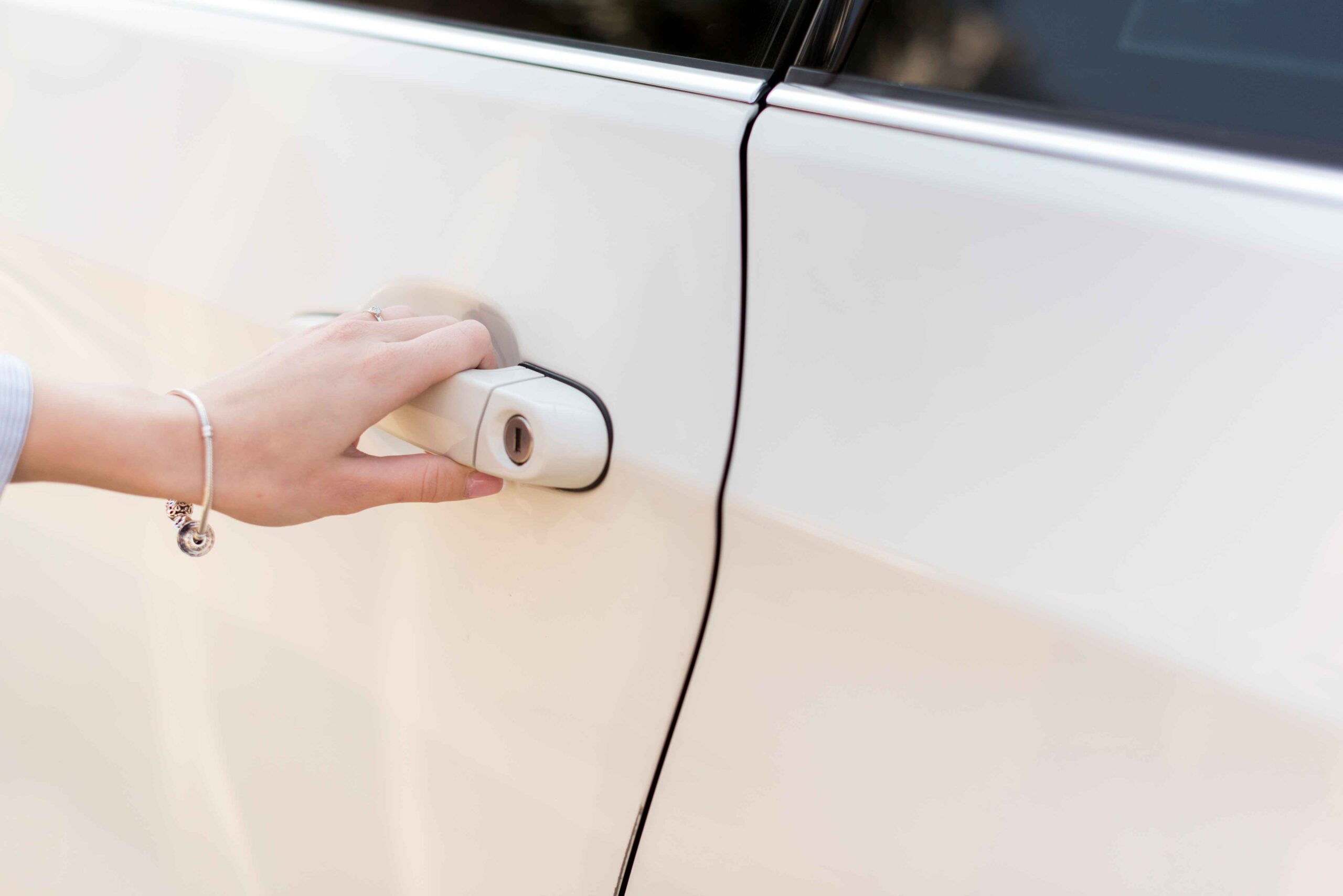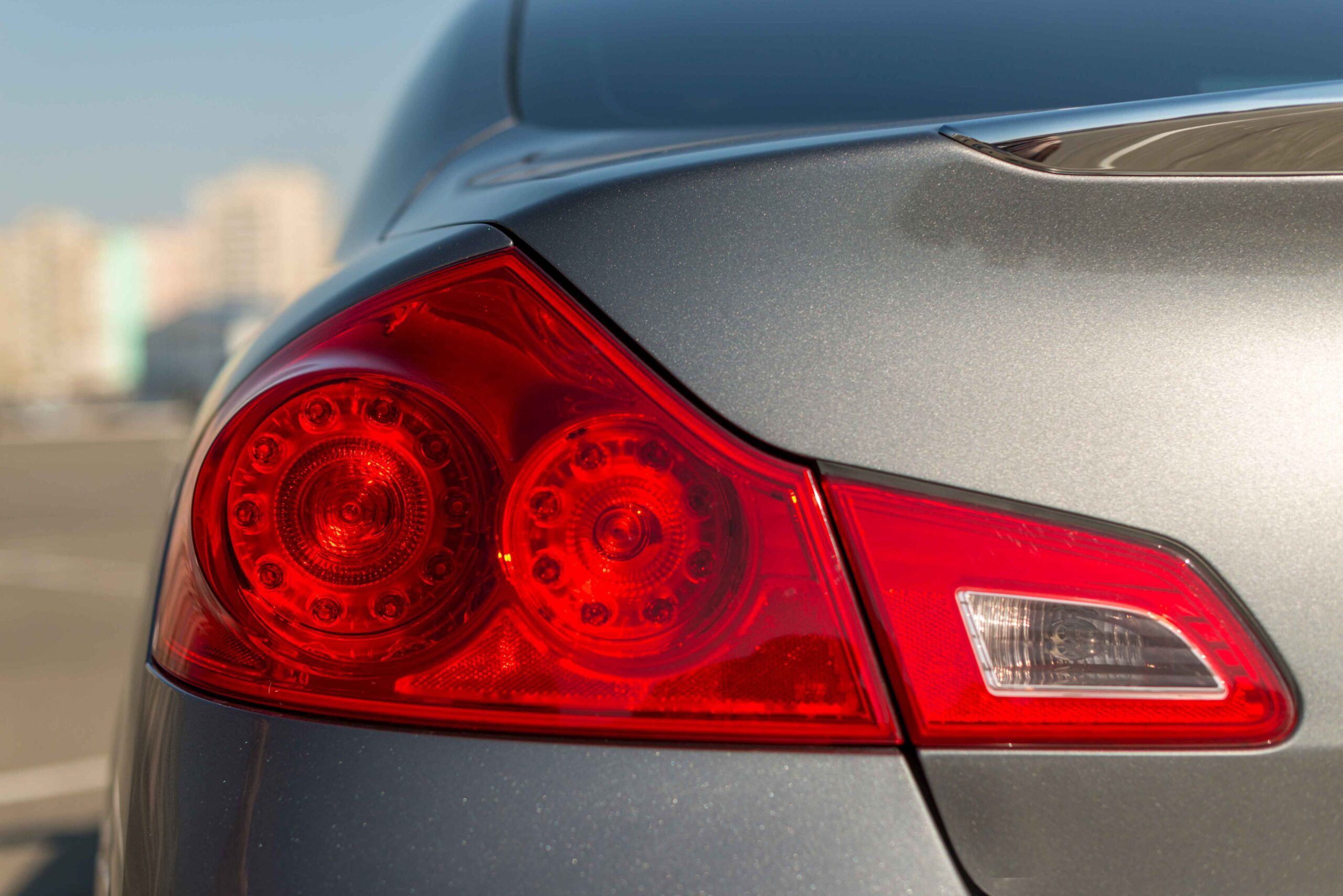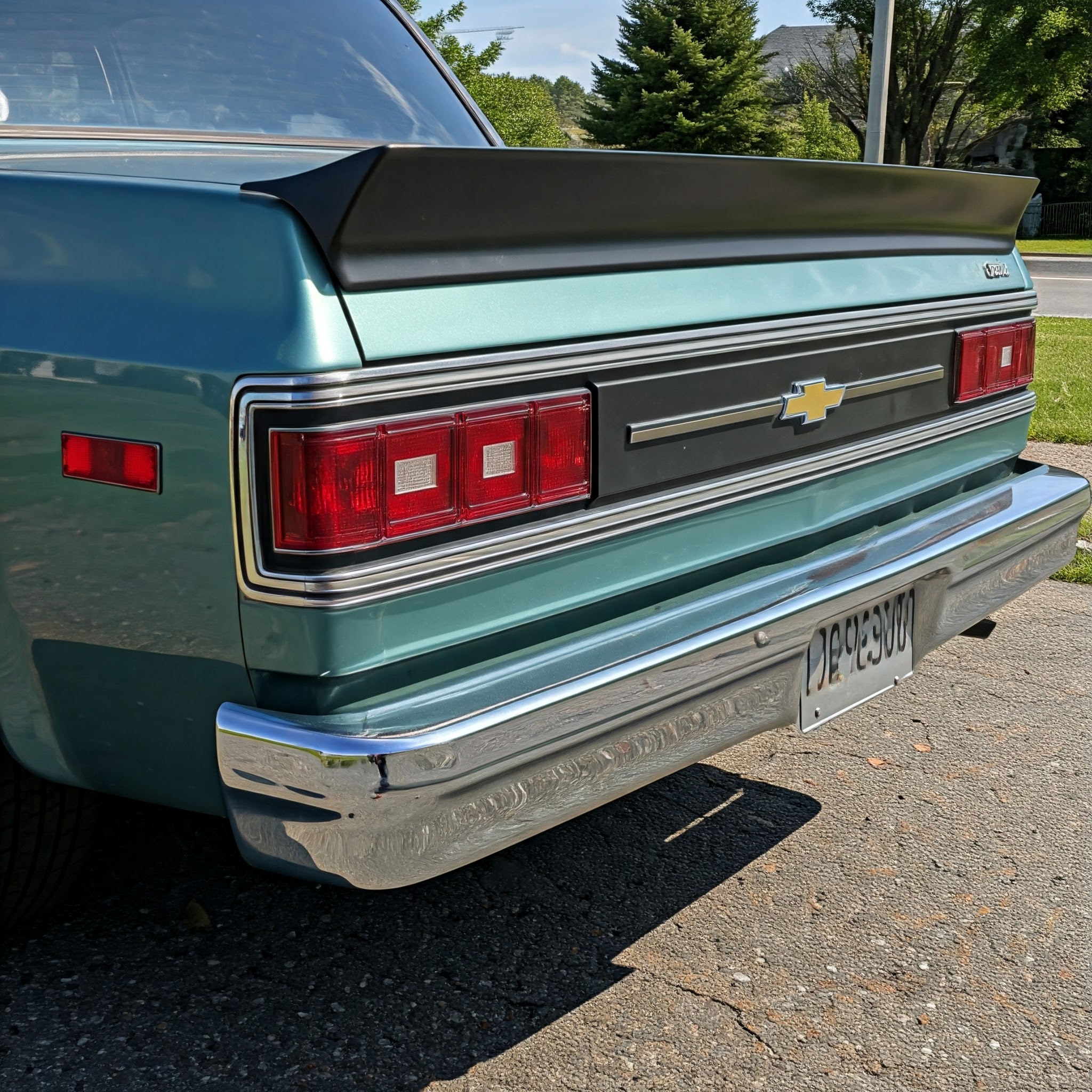How many times has your car acted up after a cold morning? You insert a key in the ignition, and instead of smoothly starting, the engine begins to roar followed by sputtering. Very annoying! For many drivers, engine sputtering is a regular phenomenon especially when the temperature goes below 30 degrees.
But what is engine sputtering? It refers to a car engine running in a rough pattern that is, frequently being cut off by sounds which may be described as popping or coughing. It could even be said that the engine seems to be misfiring.. This is a problem that is most common in the colder parts of the world.
Let us try to understand what causes this problem and also see what could be done about it.
What is Engine Sputtering and Why Does It Happen?
Constant sputtering of the engine can be described as a forced harsh sound of the engine alongside misfiring of the cylinders, which is quite similar to the sound of coughing.
Engine misfiring can be caused due to the car engine not functioning properly and this issue is most frequent in cold temperatures. Also, there is a possibility that the intake is having a tough time performing its duties due to low temperatures.
Here are some common causes:
- Fuel system problems
- Ignition system issues
- Battery troubles
- Sensor malfunctions
- Exhaust system blockages
- Engine oil difficulties
Now, let’s break these down. We’ll look at why each one might make your engine sputter when it’s cold outside.
What Causes a Car to Sputter When It’s Cold?
Cold weather can be tough on cars. It’s like asking your car to run a marathon in freezing temperatures. Everything just works harder. Here’s a quick look at what what causes a car to sputter:
| Part | Cold Weather Issue | Effect |
| Fuel System | Frozen lines, thick fuel | Poor fuel flow |
| Ignition System | Weak spark, bad spark plugs | Incomplete combustion |
| Battery | Low power output | Hard to start the car |
| Sensors | Faulty readings | Wrong fuel-air mix |
| Exhaust System | Clogs, leaks | Too much backpressure |
| Engine Oil | Too thick | Slow lubrication |
Let’s look at each of these more closely. We’ll see how they can make your car sputter in the cold.
Fuel System Problems: When Your Car’s Fuel Gets Sluggish
To help you cope with this issue, think of the fuel system as an essential circulatory system of the car. This fuel would get sluggish like attempting to sip a thicker shake through a fine straw. The fuel could even gel or freeze, and hence the machine might starve of the fuel to perform at yields.
Let us at this stage discuss the frozen fuel lines. If there is any water present in the fuel system, it will freeze and act as an obstruction in smooth fuel flow. For instance, this is exactly like having drawn multiple ice cubes halfway through your straw.
Followed by this is the fuel filter. As time goes on, clumps of dirt and debris will build up within the machine. In really cold conditions, this residue will freeze and thicken up, making it really hard to push fuel forward and making lunging take its place.
And the fuel injectors what do they do? They do go on to inject fuel into your engine but a bad injector does not spray that well. This becomes worse if the temperature is cold as well because it means that the fuel can’t vaporize as well and all you get is a dribble instead of a well sprayed fine mist.
Lastly, any water that is present in your fuel tank does not help. This can remain at the bottom and might turn into ice thereby blocking the fuel supply to the engine, almost like having an ice cube sitting at the bottom of a glass.
Ignition Issues: When Your Engine’s Spark Fizzles
Your car’s ignition system is like a lighter for your engine. It creates the spark that starts the engine. But in cold weather, this system can struggle. It’s like trying to light a match in the wind.
Here are the main ignition issues that can cause engine sputtering:
- Worn spark plugs
- Failing ignition coils
- Damaged spark plug wires
- Weak battery
- Faulty distributor cap (in older cars)
Let’s start with spark plugs. They’re like the matchsticks of your engine. When they’re worn out, the spark can be weak. In cold weather, this gets worse. It’s like trying to start a campfire with damp wood.
Then there are ignition coils. They boost the voltage from your car’s battery to create the spark. If they’re failing, your engine might misfire or sputter. Cold weather can make weak coils even less effective. It’s like how your phone battery drains faster in the cold.
Don’t forget about spark plug wires. They carry the electrical charge to the spark plugs. If they’re damaged, that charge might not make it. In cold weather, any small cracks in these wires can get worse. This leads to misfires and engine sputtering.
Oil Obstacles: When Your Engine’s Lubricant Gets Thick
Think of engine oil as blood. Even in extreme low temperatures, this fluid gets thick. It becomes like running in thick molasses. Such consistency can create problems for the engine.
Low oil levels are another problem. Oil doesn’t just lubricate; it also helps cool your engine. If you’re low on oil, your engine can overheat, even in cold weather. This can cause all sorts of performance issues, including sputtering. It’s like trying to cook without enough oil in the pan.
Don’t Let Cold Weather Leave You Stranded
What is engine sputtering? It’s your car’s way of telling you something’s not right. Cold weather can make existing issues worse or create new ones. This leads to that annoying sputtering sound.
While some of these issues might seem simple, fixing engine problems can be tricky. If your car is sputtering in cold weather, it’s best to talk to a mechanic. They have the tools and know-how to find the exact problem and fix it.
Don’t let engine sputtering leave you out in the cold. If you’re having these issues, check out OEM Car Parts. They have lots of high-quality parts to keep your car running smoothly, no matter how cold it gets. Stay warm, stay safe, and keep your engine happy!
FAQs
Cold weather itself doesn’t directly cause sputtering. But it can make existing problems worse or make some parts work less efficiently.
Regular maintenance helps a lot. Use the right oil, keep your fuel tank at least half full, and park in a garage if you can.
It’s not a good idea. Sputtering can mean serious problems. These could lead to more damage if you keep driving.
Most modern spark plugs last 60,000 to 100,000 miles. But check your car’s manual to be sure.
Yes, low-quality fuel can cause sputtering, especially when it’s cold. It might not vaporize well and can leave gunk in your fuel system.
This often happens because fuel doesn’t vaporize well in cold temperatures. This leads to incomplete combustion until the engine warms up.
Most modern cars only need about 30 seconds to a minute. Driving gently for the first few minutes is usually better than idling.







